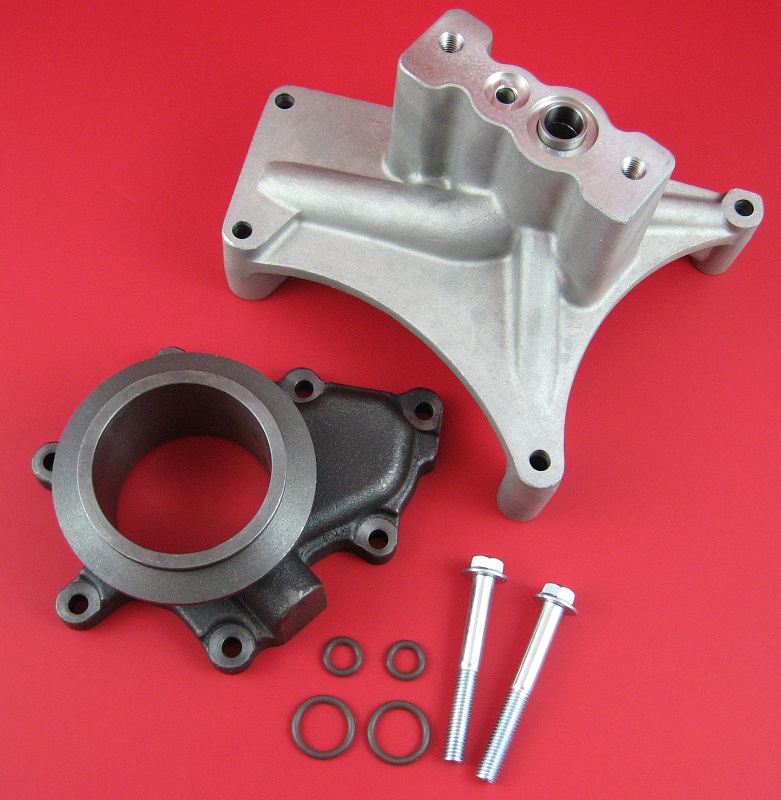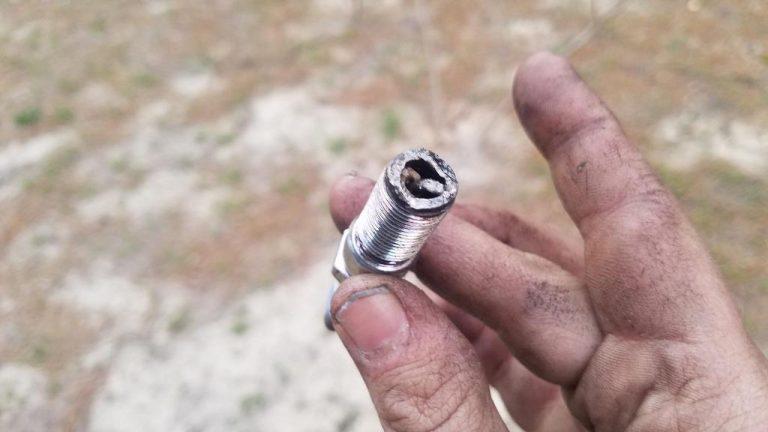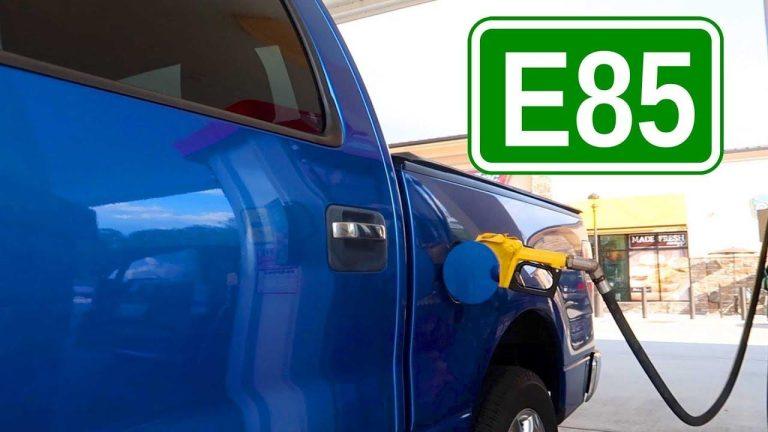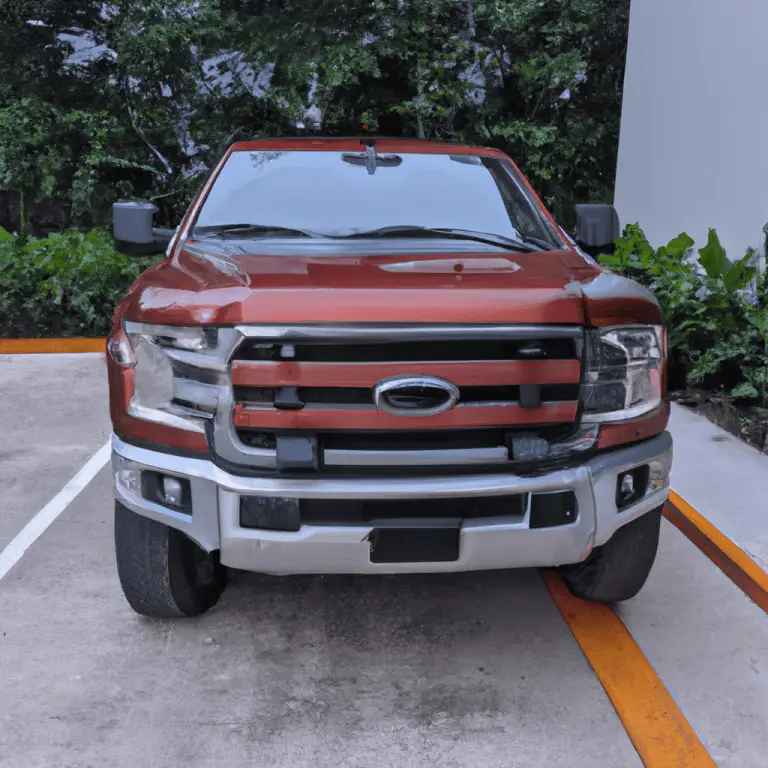7.3 Ebpv Delete Pros And Cons: Boost Performance & Efficiency
**Pros of 7.3 EBPV Delete**: Increases engine performance and reduces exhaust backpressure. **Cons**: May void warranty and affect emissions compliance.
The 7. 3 EBPV (Exhaust Back Pressure Valve) delete is a modification popular among diesel truck owners. This modification involves removing or disabling the EBPV, which can lead to improved engine performance and decreased exhaust backpressure. Many enthusiasts appreciate the enhanced throttle response and fuel efficiency.
However, it’s important to note that this modification might void your vehicle’s warranty and could make your truck non-compliant with emissions regulations. Understanding the pros and cons helps in making an informed decision about whether this modification is right for your vehicle. Always consider consulting a professional before making any changes to your truck’s exhaust system.

Credit: www.reddit.com
Introduction To Ebpv Delete
The Exhaust Back Pressure Valve (EBPV) is an essential part of the 7.3 Powerstroke engine. Some truck owners consider deleting the EBPV for various reasons. This section will explore the concept of EBPV delete. It will also discuss its pros and cons.
What Is Ebpv?
The Exhaust Back Pressure Valve (EBPV) is a component in diesel engines. It is designed to help the engine warm up faster in cold weather. The EBPV is located in the exhaust system. It works by creating back pressure in the exhaust. This back pressure increases the engine’s temperature.
The EBPV operates automatically. It uses a sensor to detect cold temperatures. When it senses cold, it closes to create back pressure. Once the engine reaches the desired temperature, the EBPV opens again.
Purpose Of Ebpv Delete
The EBPV delete involves removing or disabling the EBPV. Some truck owners choose to delete it for several reasons. The primary reasons include improved performance and fuel efficiency.
- Better Performance: Removing the EBPV can reduce exhaust restriction. This can lead to better engine performance.
- Increased Fuel Efficiency: With less exhaust restriction, the engine may run more efficiently.
Deleting the EBPV can also lead to fewer mechanical issues. The EBPV can sometimes fail, causing problems. By removing it, owners may avoid these potential issues.
| Pros | Cons |
|---|---|
| Improved engine performance | Loss of cold weather benefits |
| Increased fuel efficiency | Potential warranty issues |
| Fewer mechanical issues | Possible emissions concerns |

Credit: www.accuratediesel.com
Performance Benefits
Deleting the Exhaust Back Pressure Valve (EBPV) from your 7.3 Powerstroke engine can bring multiple performance benefits. This change can help your vehicle run smoother and stronger. Let’s explore the key performance benefits of an EBPV delete.
Increased Horsepower
Removing the EBPV can lead to a significant increase in horsepower. The EBPV restricts exhaust flow, which can limit engine power. By eliminating this restriction, the engine breathes better. This results in more efficient combustion and more power. Here is a simple comparison:
| With EBPV | Without EBPV |
|---|---|
| Restricted exhaust flow | Free exhaust flow |
| Lower horsepower | Higher horsepower |
Improved Throttle Response
Deleting the EBPV also improves throttle response. When the EBPV is present, it can slow down the engine’s reaction to throttle input. This can make the vehicle feel sluggish. Without the EBPV, the throttle response becomes quicker and more precise. This makes the driving experience more enjoyable.
Here’s a quick overview of the throttle response benefits:
- Faster acceleration
- More responsive engine
- Smoother driving experience
Efficiency Gains
The 7.3 Ebpv delete can offer notable efficiency gains for your vehicle. By removing the Exhaust Backpressure Valve (EBPV), you can enjoy improved performance. Let’s explore these efficiency benefits in more detail.
Fuel Economy Improvements
One of the primary benefits of a 7.3 Ebpv delete is better fuel economy. Without the EBPV, your engine doesn’t have to work as hard. This leads to less fuel consumption. Here are some key points:
- Reduced engine strain means less fuel is needed.
- Improved airflow contributes to better combustion.
- Optimized performance results in fewer trips to the gas station.
Reduced Exhaust Backpressure
Removing the EBPV significantly reduces exhaust backpressure. This reduction can have multiple positive effects on your vehicle’s performance:
- Enhanced engine efficiency as exhaust gases exit more freely.
- Lower exhaust temperatures which can prolong engine life.
- Better throttle response for a smoother driving experience.
To summarize the efficiency gains, here’s a quick comparison:
| Aspect | With EBPV | After EBPV Delete |
|---|---|---|
| Fuel Economy | Poorer | Better |
| Exhaust Backpressure | High | Low |
| Engine Efficiency | Lower | Higher |
| Throttle Response | Sluggish | Improved |
Potential Drawbacks
Deleting the Exhaust Back Pressure Valve (EBPV) from a 7.3 Powerstroke engine has its benefits, but it also comes with potential drawbacks. Understanding these drawbacks can help you make an informed decision.
Increased Emissions
One significant drawback is increased emissions. The EBPV helps to control and reduce emissions. Removing it can lead to higher levels of pollutants. This can be harmful to the environment. It might also make your vehicle non-compliant with emissions regulations.
In some areas, your vehicle may fail emissions tests. This could result in fines or the need for further modifications. Always check local laws before deleting the EBPV.
Possible Engine Wear
Another concern is possible engine wear. The EBPV helps to warm the engine faster in cold weather. Without it, the engine might take longer to reach optimal temperature. This can cause increased wear and tear on engine parts.
Cold starts can be harder on the engine. Components may wear out faster, leading to more frequent repairs. Be aware of this risk if you live in a cold climate.
| Drawback | Impact |
|---|---|
| Increased Emissions | Higher pollutants, non-compliance with regulations |
| Possible Engine Wear | More wear and tear, frequent repairs |
Weigh these drawbacks carefully before deciding on an EBPV delete for your 7.3 Powerstroke. Understanding the potential impacts can help you make the best choice for your vehicle.
Installation Process
Removing the Exhaust Back Pressure Valve (EBPV) on a 7.3 Powerstroke engine can enhance performance. The installation process is straightforward if you follow the steps carefully. Below, we will guide you through the required tools and step-by-step instructions.
Required Tools
- Socket set
- Wrenches
- Screwdrivers
- Pliers
- Jack and jack stands
- Torque wrench
- Gasket scraper
- Replacement gaskets
- Safety gloves
Step-by-step Guide
- Prepare the Vehicle: Park on a flat surface. Use the jack to lift the vehicle. Secure it with jack stands for safety.
- Disconnect the Battery: Remove the negative terminal to prevent electrical shorts.
- Remove the Turbo: Disconnect the intake and exhaust pipes from the turbo. Use the socket set to unbolt the turbo from the engine.
- Detach the EBPV Assembly: Locate the EBPV on the exhaust housing. Use the wrenches and screwdrivers to remove it.
- Clean the Mounting Surface: Use the gasket scraper to clean any residue on the mounting surface.
- Install the Delete Kit: Place the delete kit where the EBPV was. Secure it with bolts using the torque wrench.
- Reinstall the Turbo: Reattach the turbo to the engine. Connect the intake and exhaust pipes.
- Reconnect the Battery: Attach the negative terminal to the battery.
- Test the Vehicle: Start the engine. Check for any leaks or unusual noises.
Following these steps ensures a smooth installation process. With the right tools and careful attention, you can complete the EBPV delete confidently.
Maintenance Considerations
When considering a 7.3 EBPV delete, understanding maintenance is crucial. Proper maintenance ensures your vehicle runs smoothly. This section will cover Regular Inspections and Common Issues related to the EBPV delete.
Regular Inspections
Regular inspections keep your vehicle in top shape. Check the exhaust system frequently. Inspect the turbocharger for any damage. Look for leaks in the piping. Ensure all connections are tight. These steps help avoid bigger problems.
Regular oil changes are essential. Clean oil keeps the engine healthy. Use high-quality oil for best results. Monitor oil levels and top up as needed.
Pay attention to the engine’s performance. Listen for unusual noises. Watch for changes in fuel efficiency. Address issues immediately to prevent costly repairs.
Common Issues
Several common issues can arise with a 7.3 EBPV delete. Understanding them helps in early detection and repair.
- Increased Exhaust Noise: The exhaust may become louder. A muffler can help reduce noise.
- Turbo Lag: Some users report increased turbo lag. Ensure the turbocharger is in good condition.
- Oil Leaks: Check for oil leaks around the turbocharger. Regular inspections can catch leaks early.
- ECM Errors: The Engine Control Module might show errors. A professional can reprogram the ECM if needed.
Maintaining your vehicle well can prevent these issues. Regular inspections and timely repairs are key.
Legal And Warranty Implications
Deleting the Exhaust Back Pressure Valve (EBPV) on a 7.3 Powerstroke can bring performance gains. But it’s essential to understand the legal and warranty implications. This section dives deep into these aspects.
Compliance With Regulations
Compliance with regulations is crucial. Every vehicle must follow emission standards. Removing the EBPV might breach these standards. This can lead to fines and penalties.
Different states have different rules. Some states have strict emission regulations. Always check local laws before making modifications.
| State | Emission Rules |
|---|---|
| California | Very Strict |
| Texas | Moderate |
| Florida | Less Strict |
Impact On Warranty
Impact on warranty is another key factor. Removing the EBPV might void the vehicle’s warranty. Manufacturers often have strict policies about modifications.
Here’s a quick overview:
- Modifications can void warranty
- Dealers can refuse warranty claims
- Repairs might become out-of-pocket expenses
Always consult your dealer before making changes. This ensures you are aware of the risks involved.

Credit: www.reddit.com
Frequently Asked Questions
What Does The Ebv Do On A 7.3 Powerstroke?
The EBV (Exhaust Back Pressure Valve) on a 7. 3 PowerStroke helps warm up the engine and improve fuel efficiency. It reduces exhaust flow, creating back pressure.
What Does Ebvp Stand For?
EBVp stands for Evidence-Based Veterinary Practice. It involves making clinical decisions based on the best available scientific evidence.
What Problems Does The 7.3 Power Stroke Have?
The 7. 3 Power Stroke has issues with fuel injectors, camshaft position sensors, and turbocharger failures. It also faces oil leaks and glow plug problems. Regular maintenance can mitigate some of these issues.
How To Increase Horsepower On 7.3 Powerstroke?
To increase horsepower on a 7. 3 PowerStroke, upgrade the air intake, install a performance chip, and enhance the exhaust system. Regular maintenance, like changing filters, also helps.
Conclusion
Weighing the pros and cons of a 7. 3 EBVP delete helps you make an informed decision. Improved performance and fuel efficiency are significant benefits. Potential legal and warranty issues should not be overlooked. Consider your specific needs before proceeding.
Making the right choice ensures optimal vehicle performance and compliance.





